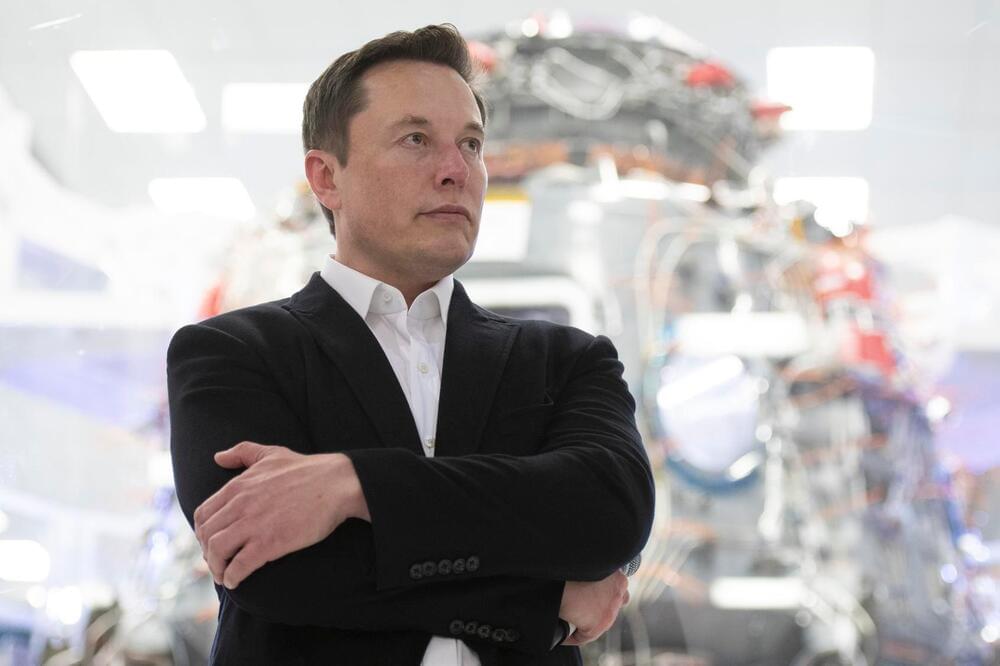Designed for personal use, the Hill HX50 chopper starts at roughly $648,000.


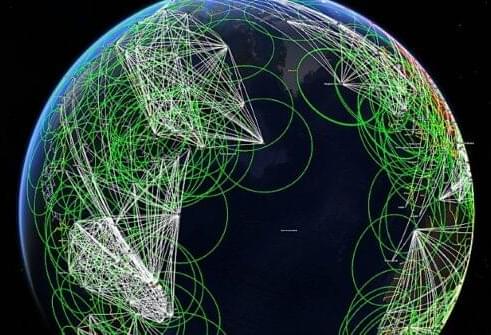
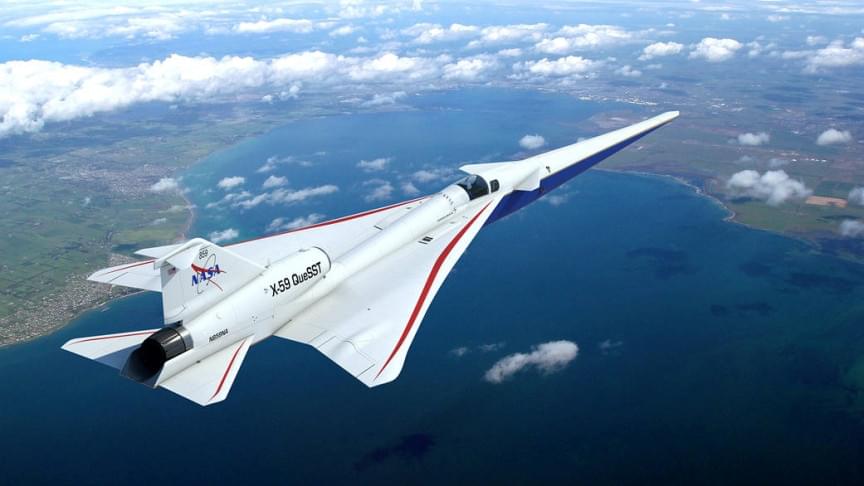
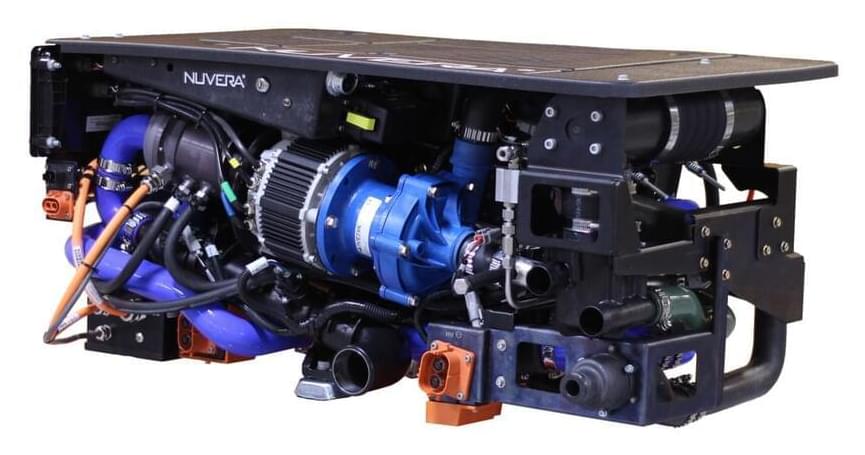
Countries, especially potential exporters, should improve hydrogen statistics to justify and promote investments in hydrogen. The measures should result from broad cooperation, also intended to standardize and homogenize measurements, said Columbia University‘s Anne-Sophie Corbeau. “Countries could start working together to determine how best to collect hydrogen data, both on the demand and production sides, and include existing consumption as well as potential future consumption in new sectors. Statistics on the demand side need to anticipate new uses in buildings, industry, transport, and power, as well as account for hydrogen’s potential use to produce other energy products such as ammonia and methanol,” the French scholar wrote on Monday.
Vancouver-based First Hydrogen has identified four industrial sites in the United Kingdom and is advancing discussions with landowners to secure land rights to develop green hydrogen production projects. It said it would be working with engineering consultants Ove Arup & Partners Limited (ARUP) for engineering studies and designs. “The sites are all in prime industrial areas spread strategically across the North and South of the United Kingdom and will each accommodate both a large refueling station — for light, medium and heavy commercial vehicles with on-site hydrogen production, to serve the urban areas of Greater Liverpool, Greater Manchester, the London area, and the Thames Estuary — and a larger hydrogen production site of between 20 and 40 MW, for a total for the four sites of between 80 MW and 160 MW,” First Hydrogen wrote on Monday. The Canadian company wants to use the production facilities to serve customers of its automotive division. “First Hydrogen’s green hydrogen van is to begin demonstrator testing in June with final delivery for road use in September 2022.”
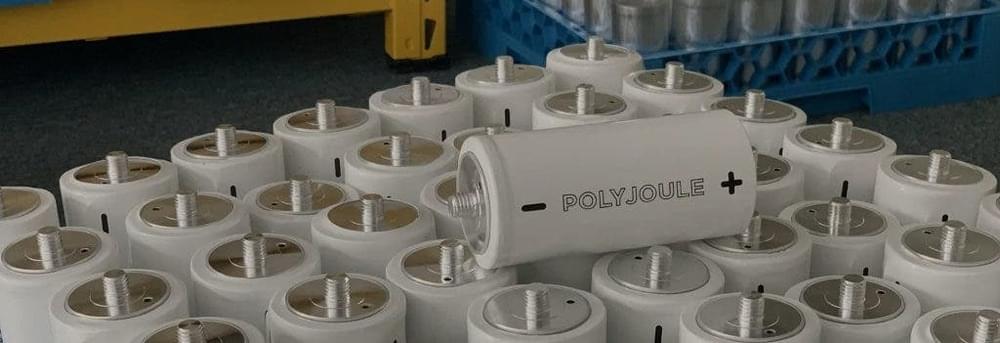
Plastic and molten salt batteries may be the key to grid-scale energy storage.
Electricity is a marvelous thing. It can power every manner of machine and digital device, but it is ephemeral. It has to be used as soon as it is created or it is lost forever. The trick to making it serve the needs of humanity is to store it, and to do that, you need a battery.
There are hundreds of ways to make a battery — the Romans did it with copper and iron in a lemon juice bath. But not all of those storage techniques are practical in the real world. Some are too heavy, others too bulky. Many are too costly or use materials that are too scare. Nickel has long been a major component of today’s lithium-ion batteries, but upheavals in some countries masterminded by criminal leaders have caused it to triple in price recently.
Some batteries are good for powering vehicles. Others are better suited to long term grid-scale storage. This report will focus on two new battery technologies that show promise for storing electricity now so it can be used to power homes and businesses later.
Crossrail, or the Elizabeth Line, is set to revolutionize London transport, with high-speed trains running from east to west underneath the UK capital.
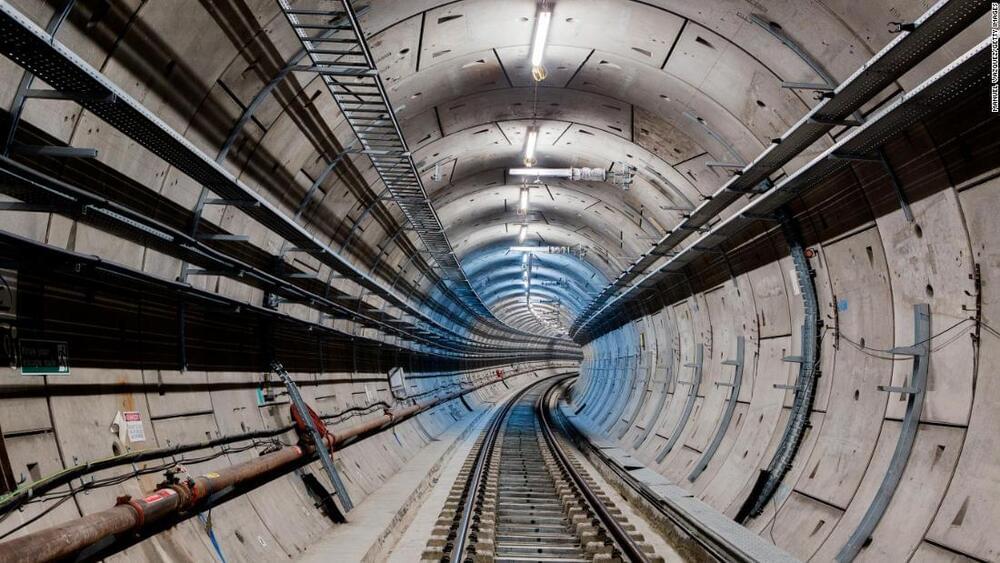
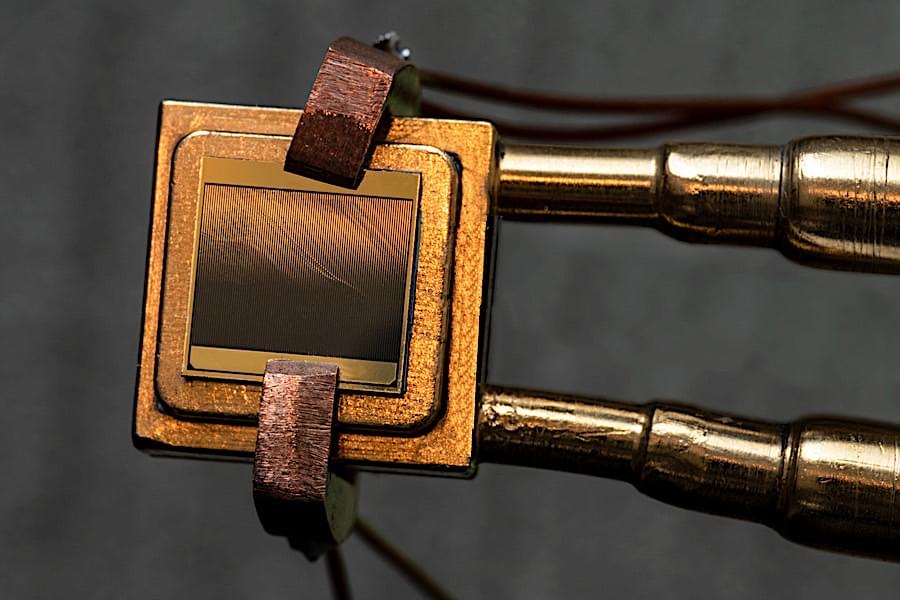
There are so many paths we humans are running down in our chase for a greener future it’s extremely hard to keep track of everything. The auto industry is trying to go electric, either by means of batteries or hydrogen, the aviation industry is going for biofuels, while energy production and storage, well, this one is all over the place, betting on anything from the sun to the wind and nuclear.

